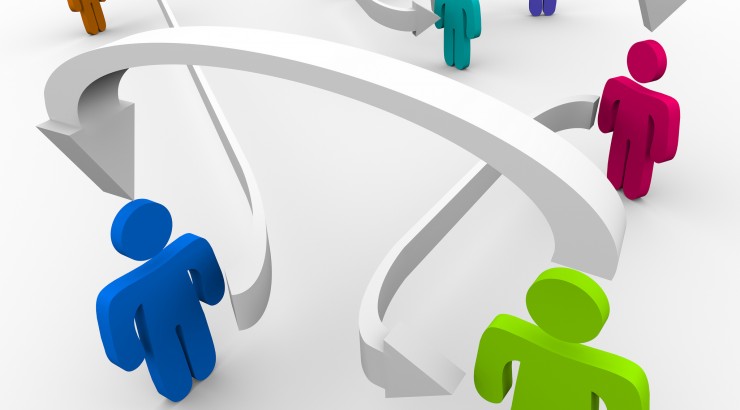
Forging Strong Relationships Within a Creative Bubble
September 4, 2013
There are inherently challenging dynamics that exists among those involved in the creative process. What’s important to keep in mind is that ultimately, we all want the same thing: a beautiful product that reaches our target audience(s), satisfies our clients’ objectives and generates a return on investment.
But how do we achieve this end with so many cooks in the kitchen (pardon the cliché)? Here are some things I’ve learned as an AE (Account Executive) that help sustain strong working relationships:
Understand and respect everyone’s role.
AEs are the voice for the client. Clients are the voice of the target audience. Our creative director is the voice of the design team. One wants an 8-page printed newsletter; one wants to convert the newsletter into an eblast; one knows it will require 14 hours of design re-juggling to accommodate the requests of another; and still one knows that there may be a better way to convey the message altogether. Did I mention someone wants a LOGO?
Communication is key. It’s important to acknowledge the value of someone else’s idea before dismissing it completely. This is where respect comes in. We all have strengths that should be respected when it comes to our roles. Being the keeper of client accounts, it’s my job to assess the overall goal of my client (including messaging, design ideas, and where the product should be marketed) and communicate those goals to my creative director. In turn, I need to trust my creative director’s skills and talents to know why a design works and why it doesn’t. There is sometimes a built-in perception that everyone knows what everyone else’s “job” is supposed to be. Know your job first before assuming you can do someone else’s better.
Listen.
Listening is a skill that requires practice and effort. Effective listening can make a world of difference in this fast-paced creative realm where clients, AEs, creative directors, print vendors and others are busily sending half-cocked emails in a reactionary attempt to get the job done. I notice when I take time to listen carefully to someone’s needs or concerns, it’s much easier to address them with clarity and thoughtfulness. This helps forge better working relationships with clients, directors, the creative team, the Web team … essentially, with everyone.
It’s not personal.
This has always been a tough one for me to accept because I take most things very personally. As a former designer, I would cringe if a client disliked my design or concept and I would spend the rest of the day wondering why I suck at my job. Then again, when editing copy from a client for a brochure, I often wondered why it was so disjointed, rife with grammatical errors and lacked logical transitioning or cohesive language. But it’s not personal. As I said earlier, each of us has strengths and ideas to bring to a project. Building on those strengths and ideas as a team will create the best product in the end, regardless if your brilliant idea was squashed. It’s not personal.
(Photo: aquopshilton via cc)